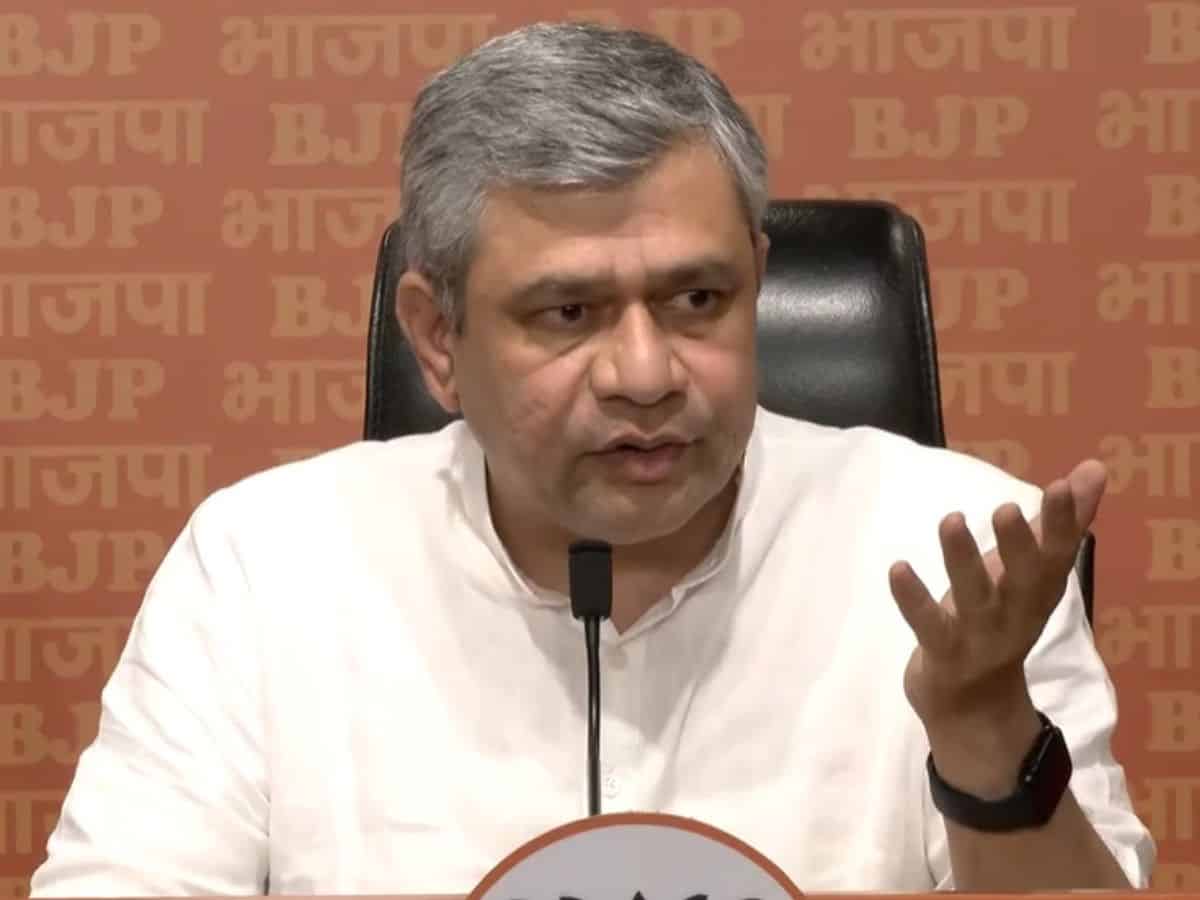
New Delhi: India will, in next five years, join the high-stake global stage of semiconductor manufacturing as it combines unparalleled design capabilities with USD 10 billion of incentives to draw manufacturers to set up new fabs and units that will cut dominance of Taiwan, South Korea and China, said IT and Telecom Minister Ashwini Vaishnaw.
In an interview to PTI, he said India’s well-crafted policies are tempting manufacturers to set up new fabs (semiconductor fabrication plants) and pouring investment in related sectors.
Semiconductors are an essential component of electronic devices, and are used in automobiles to computers, mobile phones and even washing machines.
India already has factories of best known automobile companies — from Renault-Nissan to Hyundai, computer makers such as Dell, Apple suppliers and electronic makers like Samsung which produce TVs, washing machines and fridges, among others.
Now, India is eyeing to step up the manufacturing value chain with a high-stake semiconductor manufacturing. The Prime Minister Narendra Modi-led government’s Rs 76,000 crore of incentives have got four players including Micron and Tatas.
Vaishnaw said the country already has roughly one-third of global design talent.
His government is leveraging this and India’s geopolitical clout to become an indispensable partner for tech ambitions of the US, which like other western economies, is looking to decouple their supply chains from China.
Beijig’s draconian lockdowns had disrupted global chip supply and sent companies and governments on a hunt for alternative sources of production.
India is offering itself as a democratic and trusted alternative tech hub to China.
“People who were earlier thinking when should we go to India or should we go to India…now they are asking how soon do we go to India…that is the change which is happening. This means, practically every big player would now like to reconsider their investment plans and come to India,” he said.
Asked about the timelines when India would aim to be a formidable player rivalling known semiconductor destinations, the minister said “in the coming 5 years, definitely”.
Last week, the Cabinet approved proposals to set up three semiconductor plants, including a mega fab by Tata Group, at a cumulative investment of Rs 1.26 lakh crore, as India moved to position itself as an international powerhouse in chip manufacturing.
“…it is very important for any developing country, an economy of our size, to have a semiconductor supply chain within the country. We have very strong design capabilities, as a corollary of design capabilities we must have the manufacturing capability also because that is where value gets added further,” Vaishnaw explained.
The semiconductor plans will make India self-reliant, trigger a multiplier effect on economy and various industries, create job and spur livelihoods, according to the minister.
“The semiconductor industry is a big multiplier for many more industries — automobiles, electric vehicle, electronics, power electronics, defence — every manufacturing sector requires semiconductors. So having that as a semiconductor value chain within the ecosystem will be pull for all of these,” Vaishnaw said.
As per the announcements, Tata Electronics Pvt Ltd will set up a semiconductor fab in partnership with Taiwan’s Powerchip Semiconductor Manufacturing Corp at Dholera’s special industrial region in Gujarat.
The plant will have the capacity to produce 50,000 wafers per month and involve an investment of Rs 91,000 crore.
These chips driven by advanced technology will cater to multiple sectors — power management chips for electric vehicles (EV), telecom, defence, automotive, consumer electronics, display, and power electronics.
The government has also approved a proposal by Tatas to build a greenfield semiconductor assembly and test facility in Jagiroad, Assam. The facility will be built with an investment outlay of Rs 27,000 crore and is expected to generate over 27,000 direct and indirect jobs in the region.
Notably, this will be India’s first semiconductor unit in the northeast.
Tata Semiconductor Assembly and Test (TSAT) will develop indigenous advanced semiconductor packaging technologies, including flip chip and ISIP (integrated system in package) technologies, with a capacity of 48 million chips per day. The target segments for these would be automotive, electric vehicles, consumer electronics, telecom, and mobile phones, among others.
The third proposal that have received the Cabinet nod is the one by CG Power, which in partnership with Renesas Electronics Corp and Stars Microelectronics of Thailand will set up a unit in Sanand in Gujarat at an investment of Rs 7,600 crore.
India is looking to woo global and domestic chip makers to establish production base in India with the multi billion dollar (USD 10 billion) incentive scheme.
Sophisticated chips are part of everyday life, used in mobile phones to refrigerators and cars to high-tech industries, and so fostering local industry with carefully-crafted schemes and incentives will link India to an ever-growing, thriving global chip market.
As it is, the global semiconductor shortage in the past has emphasised the importance of this critical component in modern day electronics.
Earlier, computer storage chip maker Micron has announced it will set up its semiconductor assembly and test plant in Gujarat, entailing a total investment of USD 2.75 billion (around Rs 22,540 crore).
